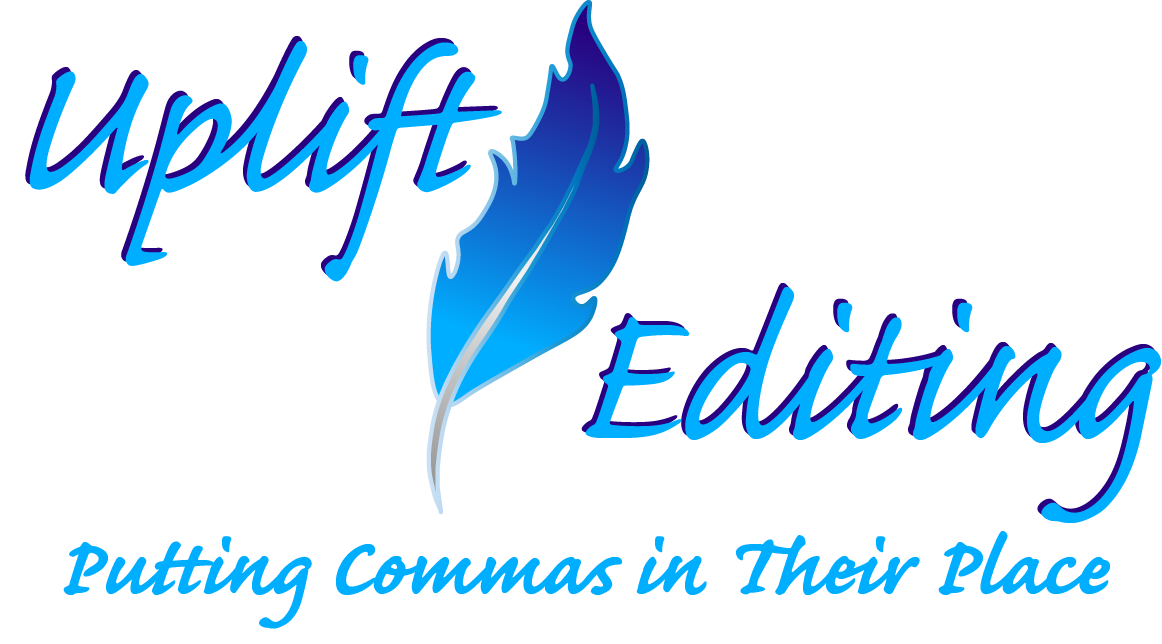- For good advice on avoiding info dumps in fiction, see Helping Writers Become Authors, “Most Common Writing Mistakes, Pt. 50: Info Dumps,” by K. M. Weiland, April 3, 2016, https://www.helpingwritersbecomeauthors.com/common-writing-mistakes-pt-50. Much of that advice also applies to nonfiction.
